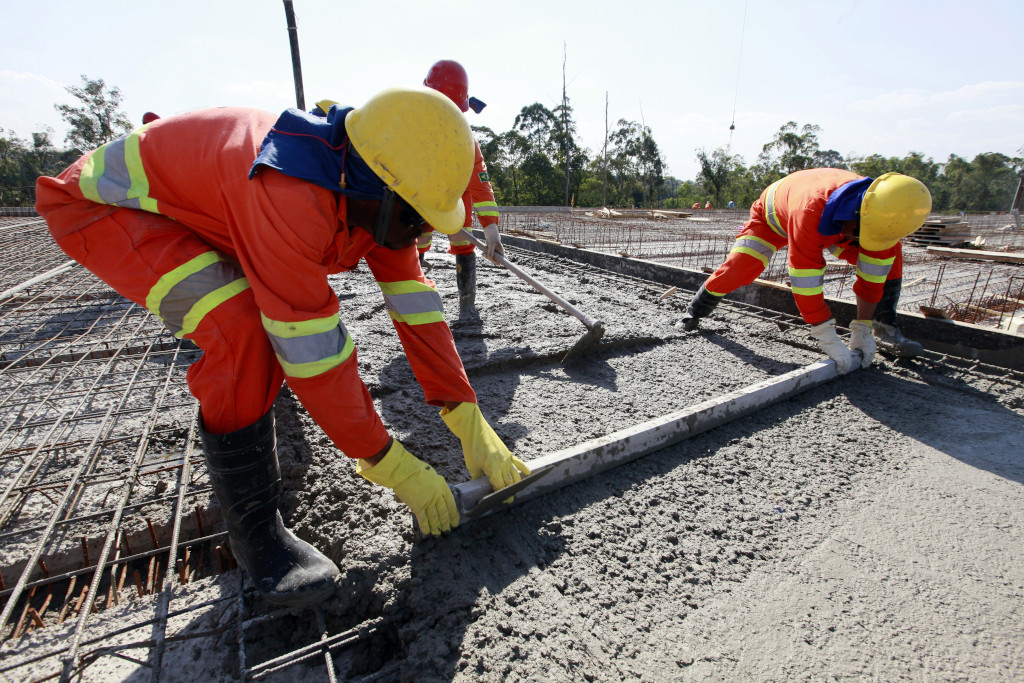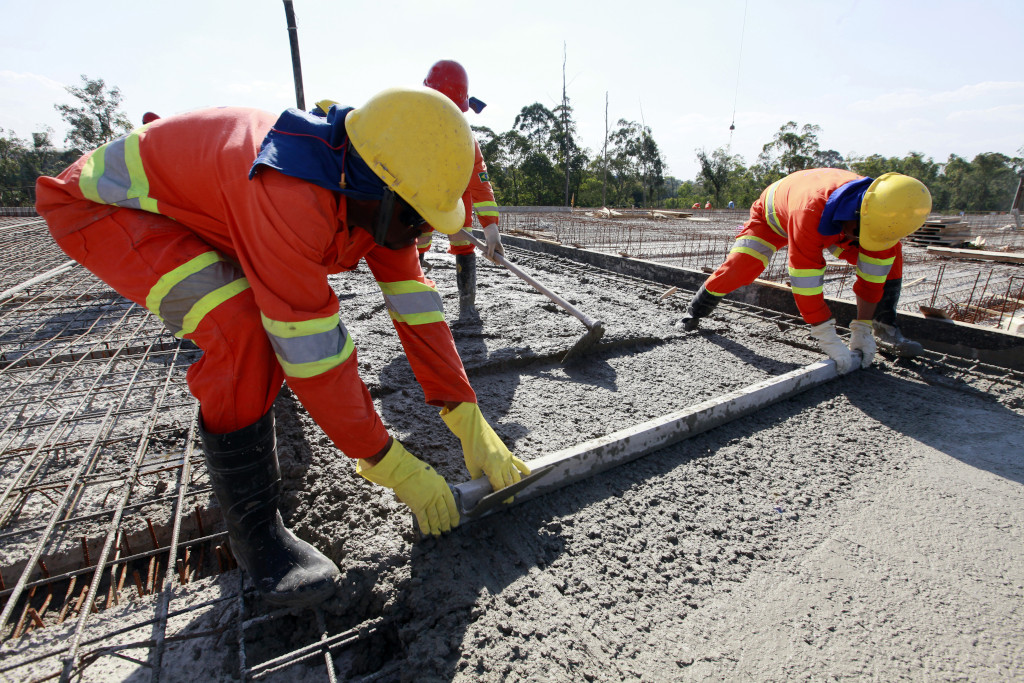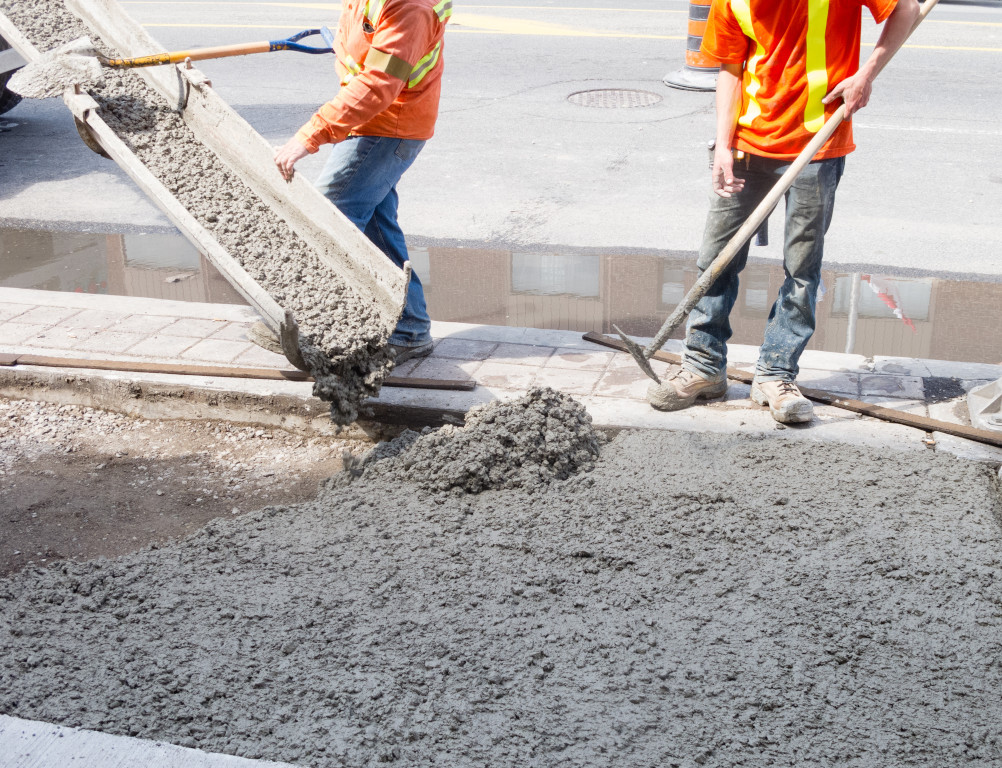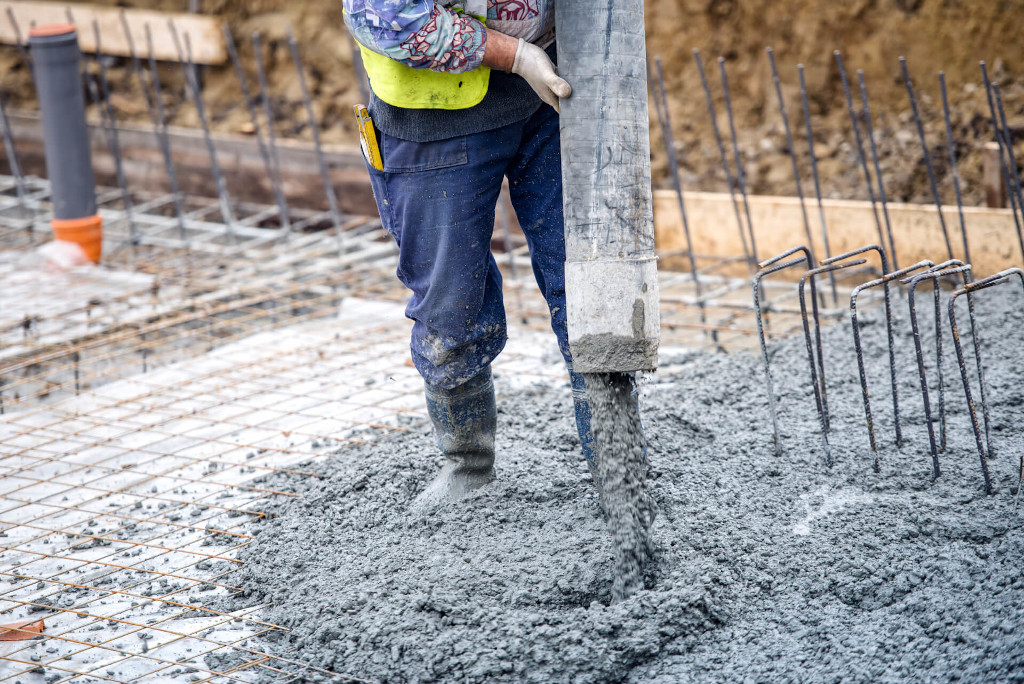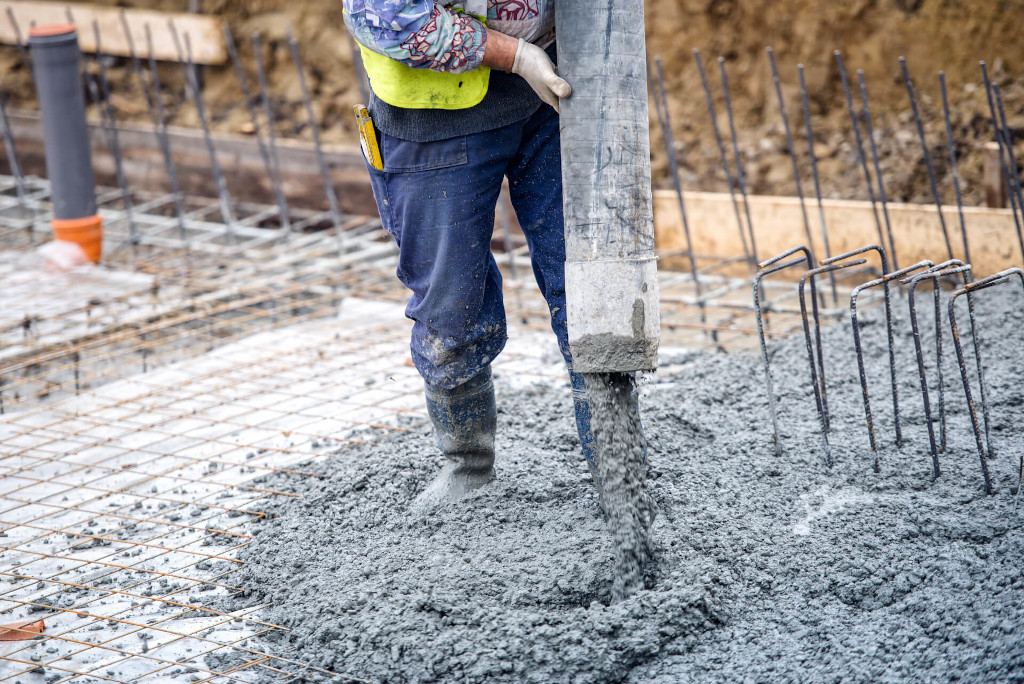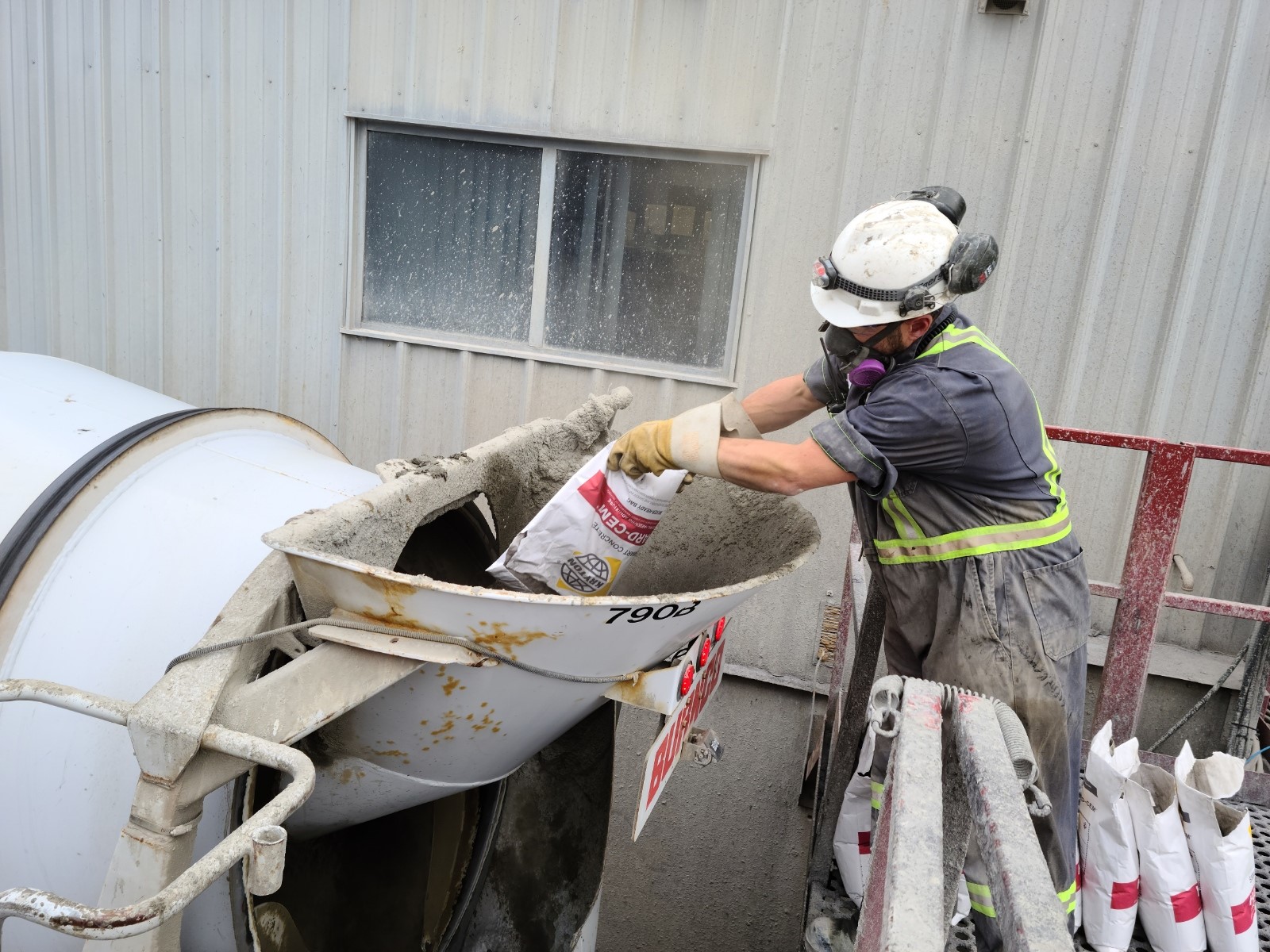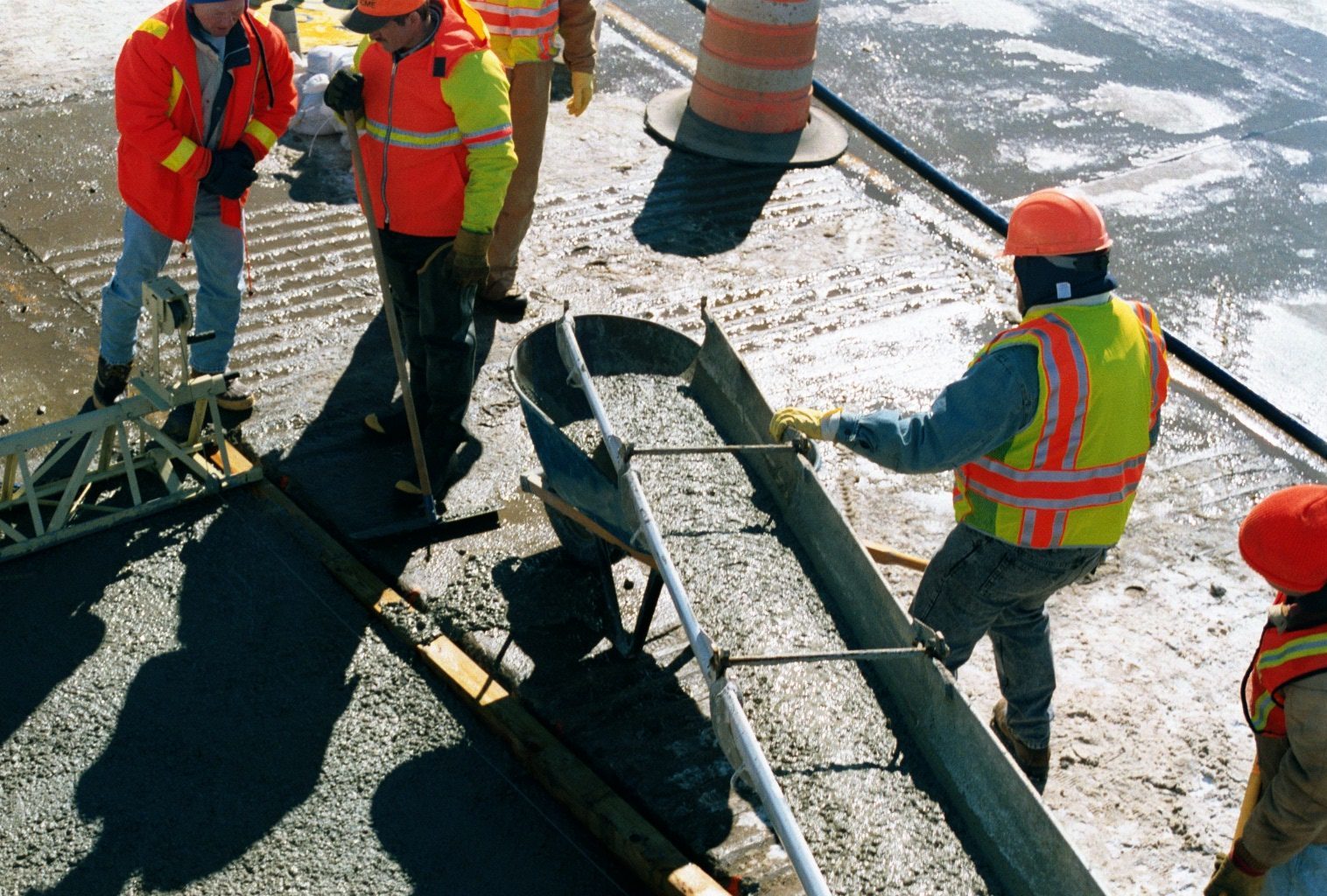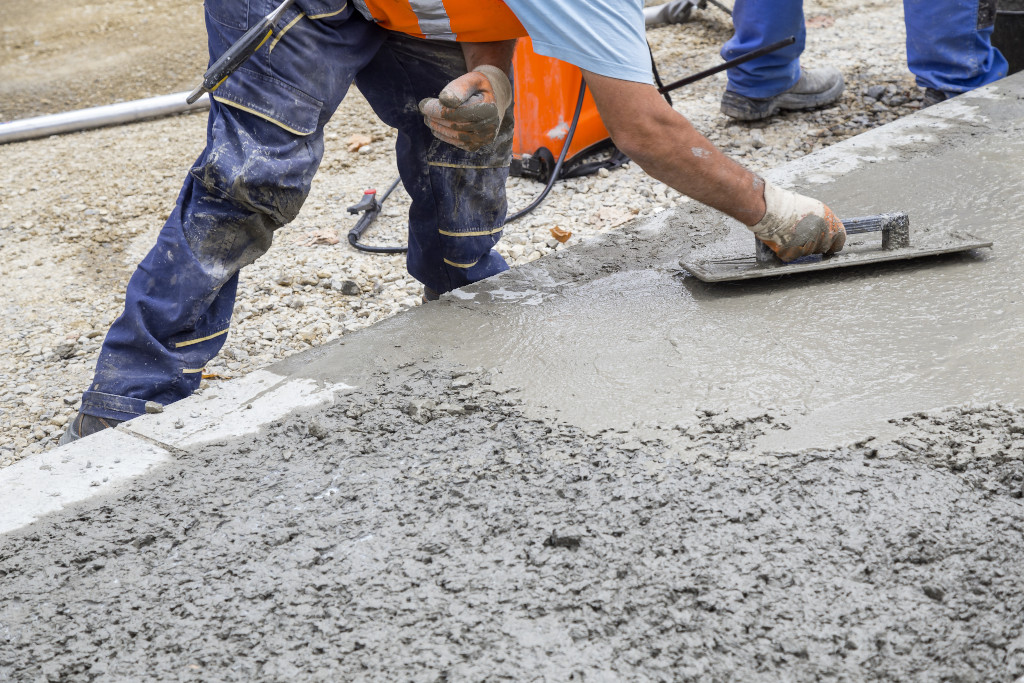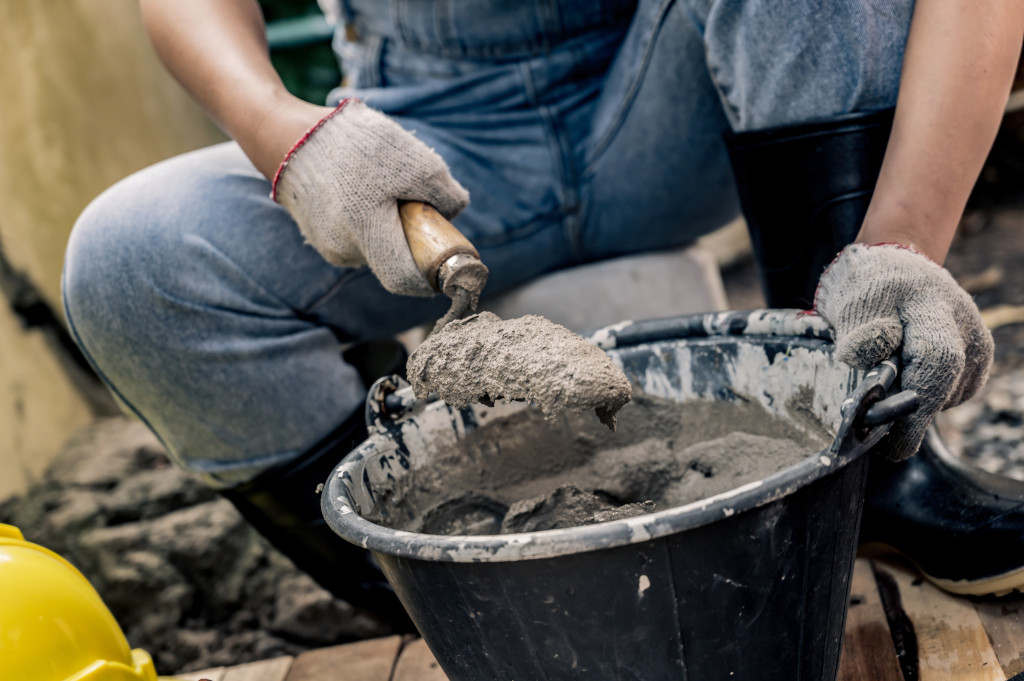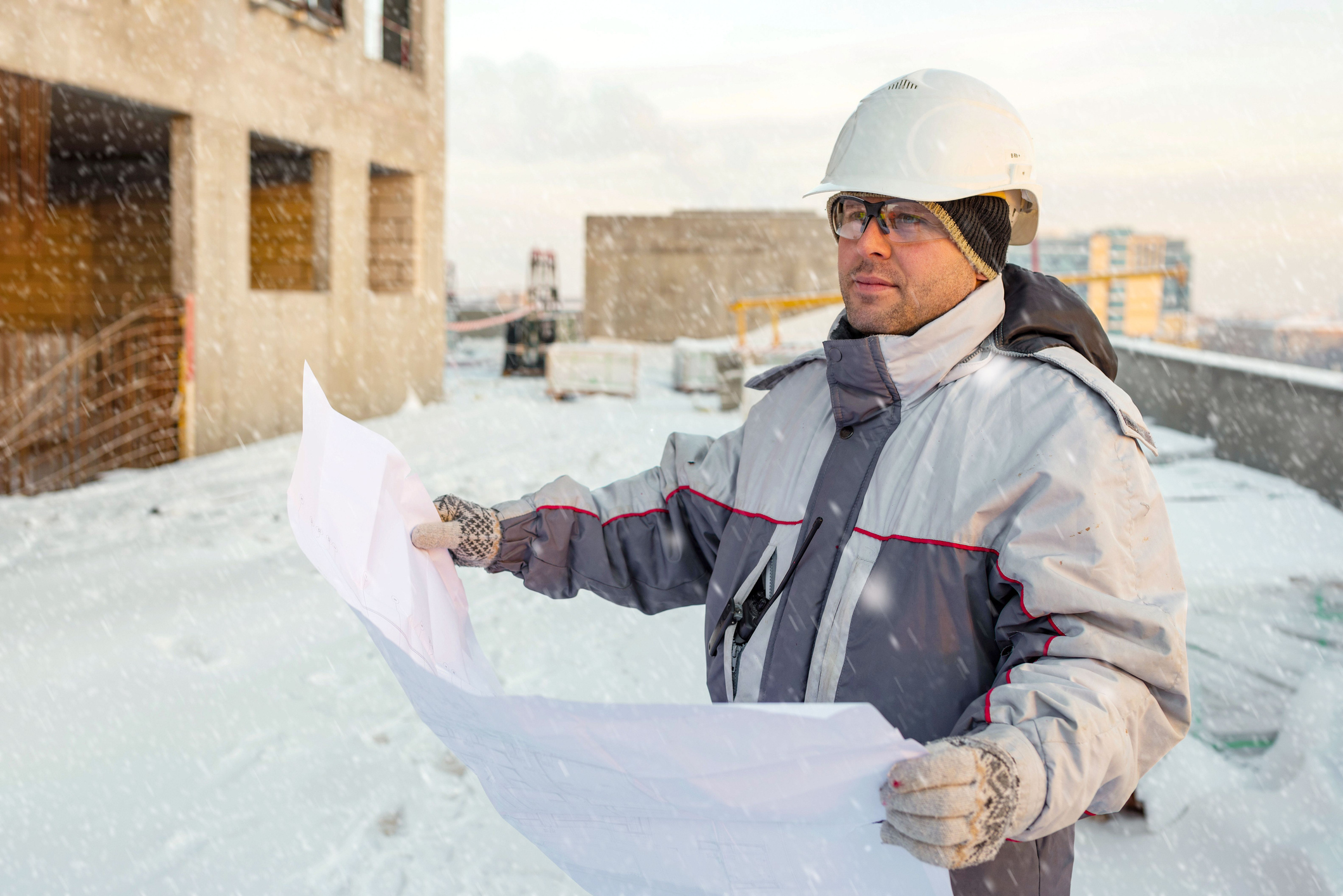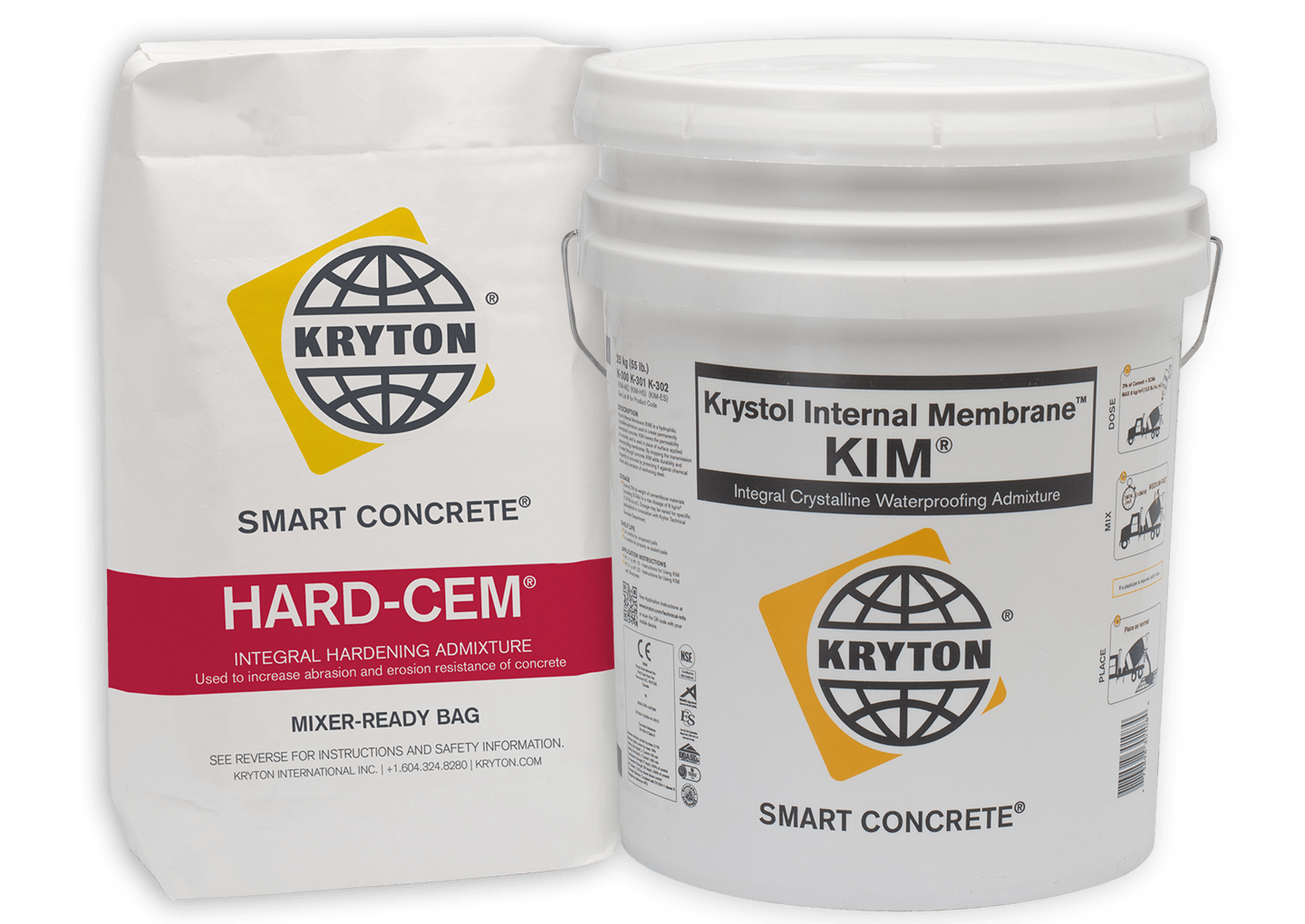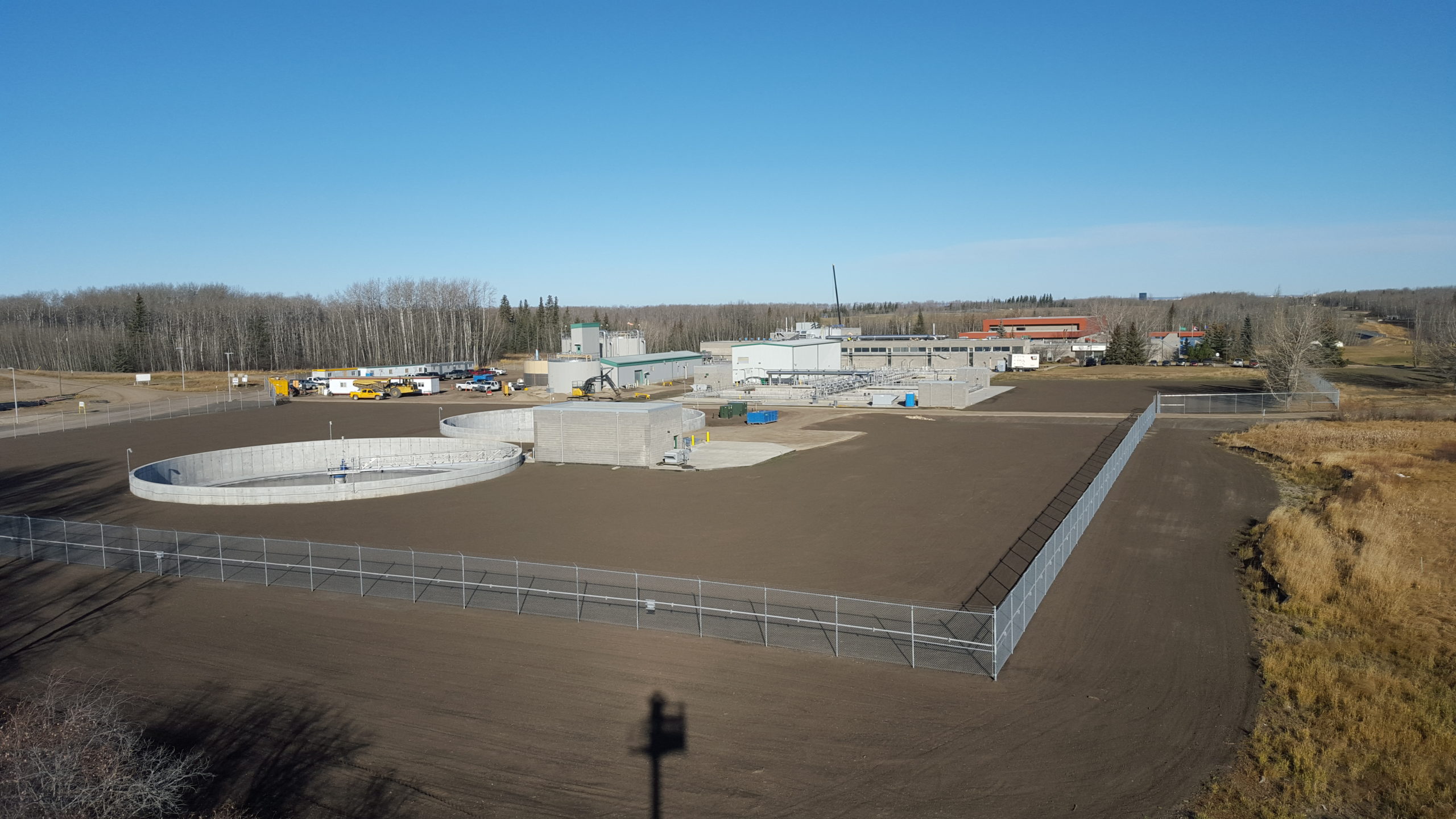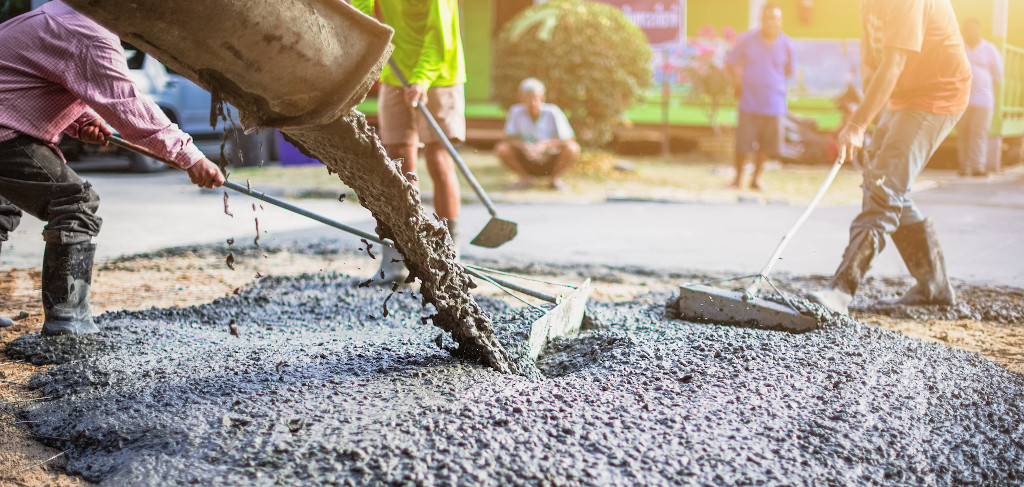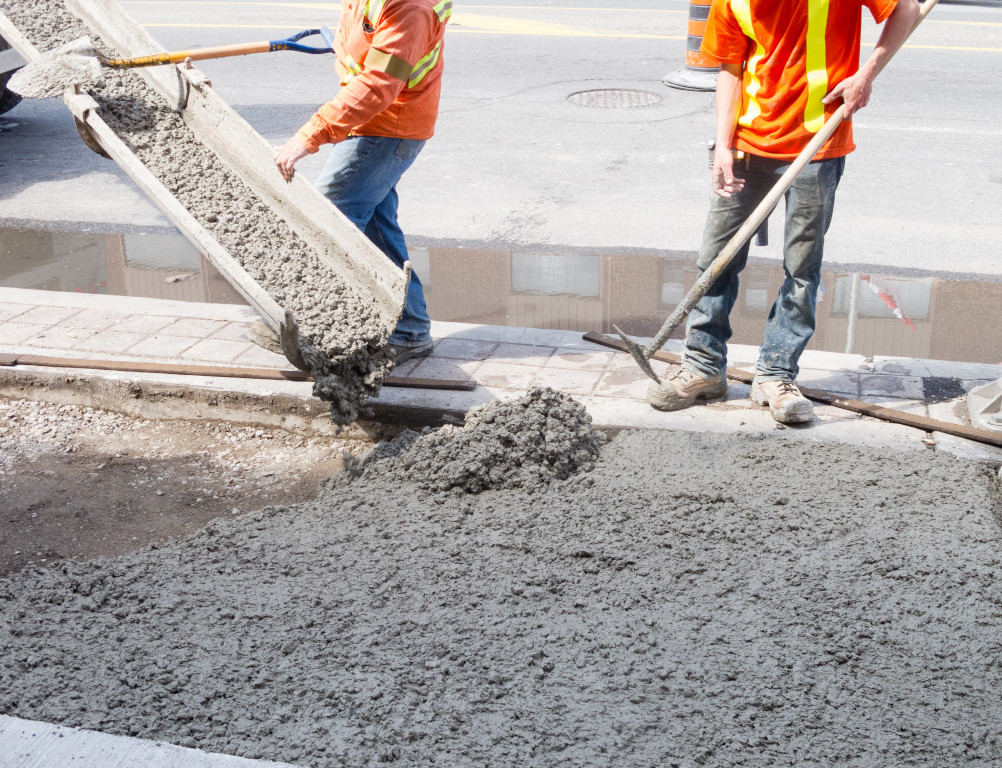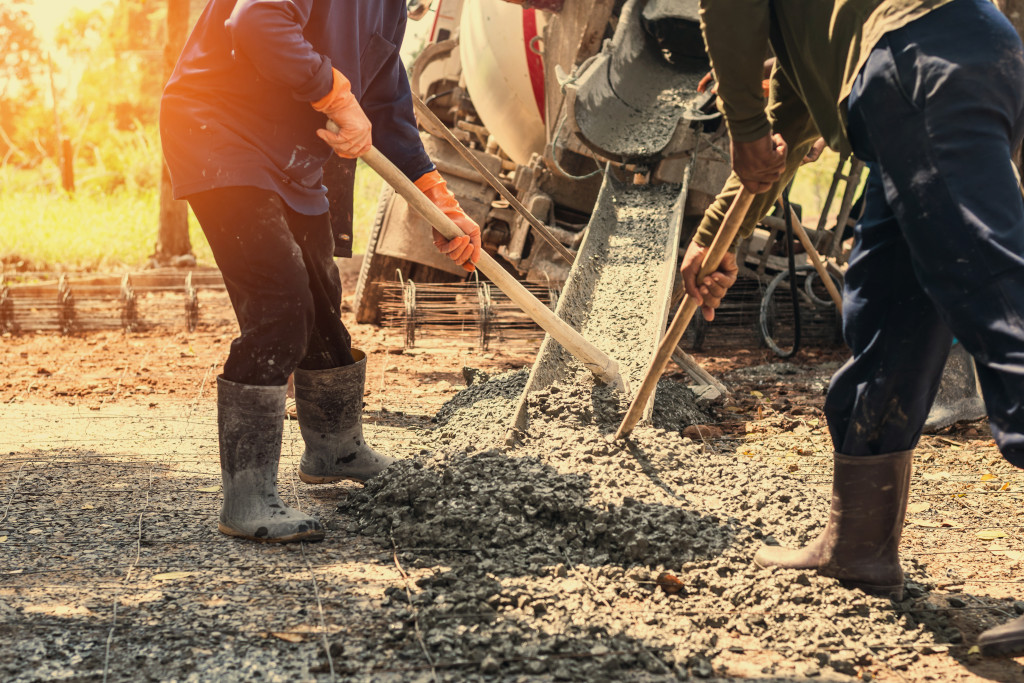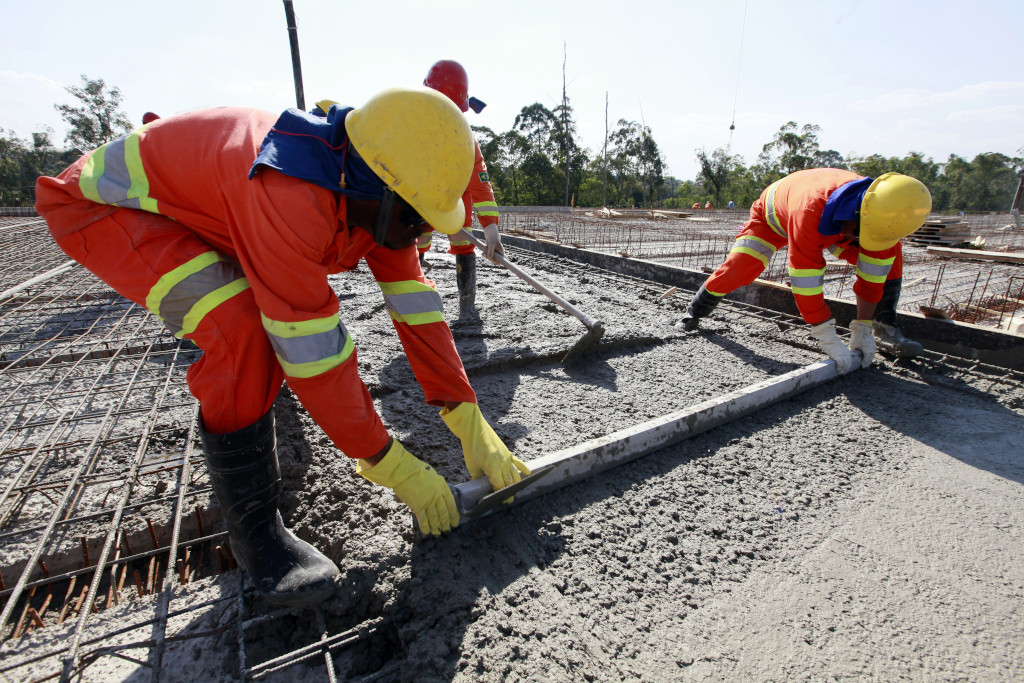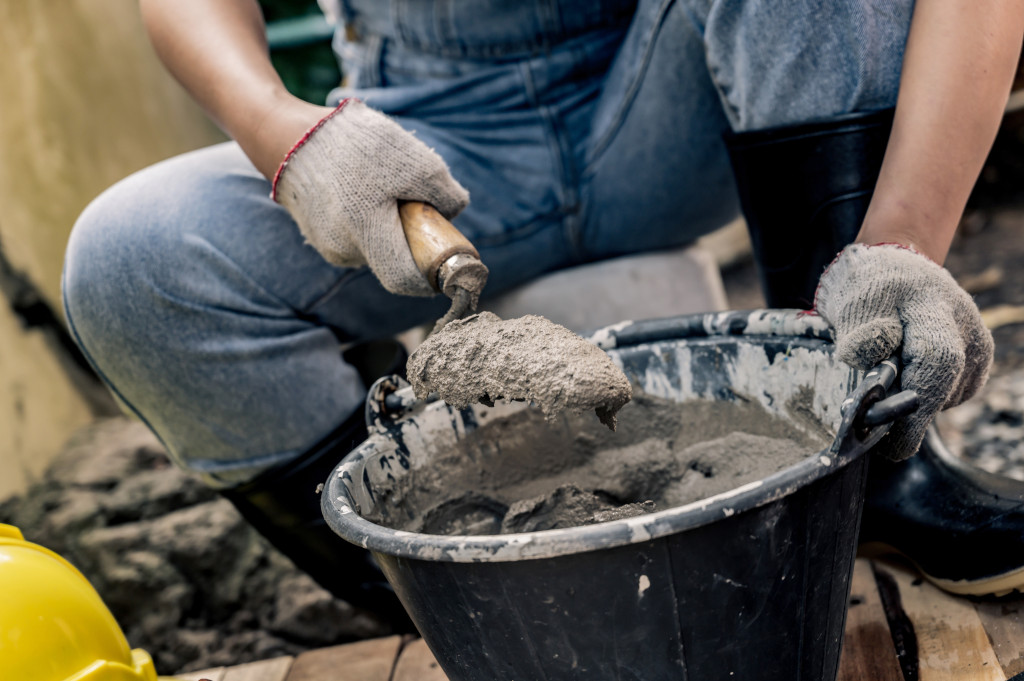While it doesn’t look like silica dust is going away anytime soon, you may want to consider using an alternative material for your worksite when possible. After all, regulations in the United States of America (USA) are starting to get tighter. And it’s possible those restrictions will become the norm for other countries too.
In fact, just last year, the USA’s Occupational Safety and Health Administration (OSHA) launched a national emphasis program on the material. It’s an initiative that’s meant to restrict silica dust exposure due to the risk it can pose for workers in a number of industries. As a result, you can now expect more inspections on your management of the material. And if your management doesn’t follow the updated regulations, you could face monetary penalties from $5,000 up to $70,000.
Not long after these restrictions were implemented, the inspector general for the U.S. Department of Labor argued for stricter standards for silica dust management in mines. Those included making use of more frequent silica sampling protocols and issuing citations and fines for excess silica dust exposures.
Similar plans for stricter regulations were approved in 2019 in Australia. The hope was to limit the silica dust exposure that stonemasons in the country experience. While regulations were tightened to a degree, they weren’t tightened as much as planned as there was concern over giving businesses enough time to meet the new compliance requirements.
But why is there such resistance? What makes silica dust so appealing and concerning at the same time? Is there no way around this infamous construction material?
To get a better understanding of the situation, we’ll take a deep dive on the subject. Join us as we delve into why silica dust is popular, what makes it dangerous, and how you can minimize its usage.
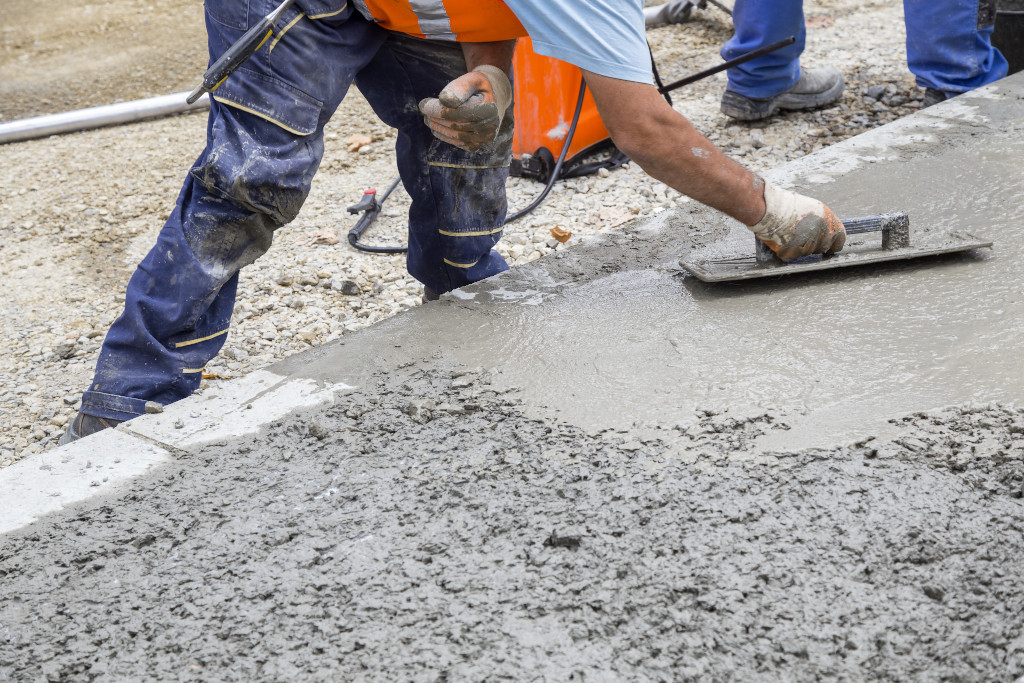
Hard to Avoid, Silica Dust Comes from a Number of Helpful Construction Materials
Whether we like it or not, silica dust comes from a very common mineral. Known just as silica, this mineral is found throughout the earth’s crust. It can come in two different forms: crystalline and noncrystalline silica. That first form is the one we often call silica dust. And it comes in a form of its own known as quartz. It too is also easily found throughout the world as it’s a basic component in sand, gravel, clay, granite, and various rocks.
As you can probably already tell, that means silica dust can be pretty hard to avoid. It’s in a lot of basic construction materials:
ConcreteCementMortarTilesBricksRock- and stone-based asphaltBlasting abrasives
All of which are often the building blocks to a wide variety of construction projects. They help construction workers create buildings, warehouses, and many other structures.
In some cases, silica dust can even be found in products that are meant to help protect structures. That includes surface-applied concrete hardening products like dry shake hardeners.
It’s what makes it so difficult to avoid silica dust. It’s part of our essential building materials, helping to make it possible to construct projects in the first place.
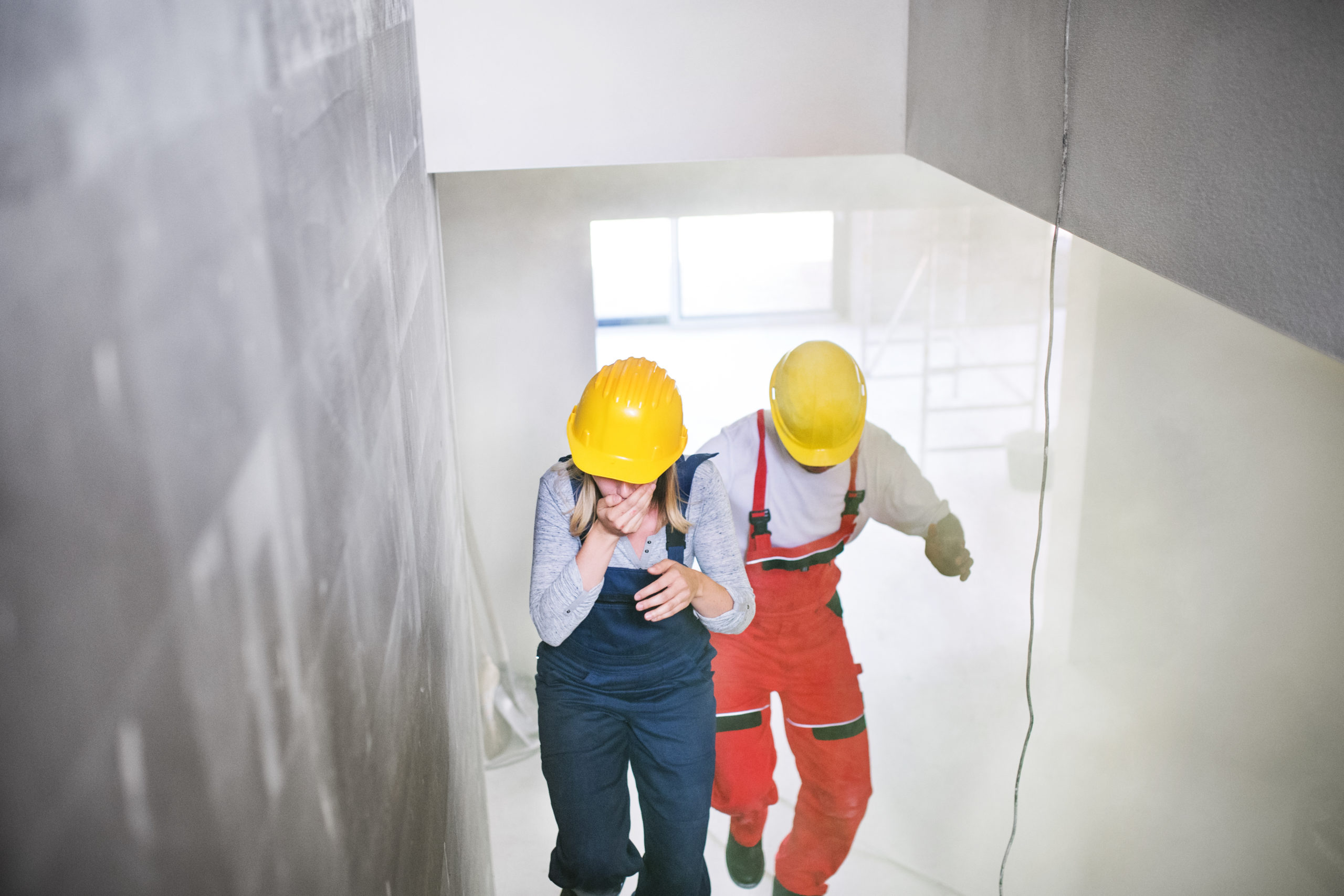
But Its Help Can Come at a Serious Cost
So long as people don’t create dust with those materials, they’re fine. The crystalline silica just remains within the material, harmless to people nearby. In return, people can safely reside within durable concrete buildings, stand on nice cool tiles in their bathroom, and so on.
However, that’s not often the case during the construction of those structures.
It May Be Stable When Left Alone, but Once Agitated, It Becomes a Problem
Construction activities of all kinds can often kick up dust. These include, but are not limited to, the following:
ChippingSawingDrillingDemolitionAbrasive blastingTunnelingExcavating
Once those activities do start up and move some dust around, there’s a problem. That’s when it’s possible for crystalline silica to become dangerous and interact in ways it shouldn’t with our health.
That Makes It a Health Risk for Anyone Nearby
Essentially, as soon as silica dust is in the air, there’s a risk for people nearby to inhale it. Why a risk? Well, silica dust is a known carcinogen, meaning it can cause cancer in people. More specifically, silica dust is known to spur on the development of lung cancer. And that isn’t the only disease it can lead to. It can also cause people to develop kidney disease and chronic obstructive pulmonary disease.
After inhaling silica dust, people may even develop silicosis, which is particularly dangerous as there is no test for it. You can’t even easily define the signs of silicosis. Its symptoms match many other diseases after all. And you can’t recover from it either.
However, silicosis only tends to occur after you’ve been exposed to silica dust for 10–20 years. That may seem like a more manageable risk level to you. But keep in mind that if your exposure is intense enough, you could develop silicosis after 5–10 years or even after just a few months of exposure. And that’s only for this one particular disease!
In fact, it doesn’t take much silica dust at all to be a threat, whether you’re exposed to it over the years or within a day. That’s why OSHA limits a person’s permissible exposure level to silica dust to 50 μg/m3 over an eight-hour day.

Many Try to Mitigate the Damage of Silica Dust
Despite its risk, silica dust is still necessary for certain areas in construction. That’s why construction sectors and work safety organizations around the world take silica dust safety seriously. As a result, they typically apply the following safety measures and more to manage the application of the material in a responsible way that’s designed to keep construction workers and the overall worksite as safe as possible.
Part of That Includes the Use of Engineering Controls
These measures are designed to eliminate hazards like silica dust before workers come into contact with them. It’s what makes them more favorable than other measures like administrative controls and personal protective equipment (PPE). However, that’s also what can make them a bit more costly at the start. In the end, though, these controls are always good to have in the long run. While initially costly, over time, they’ll reduce operating costs for construction teams and keep them safe and healthy at the same time.
So, how does this work for silica dust?
There are a number of engineering controls that can be used against silica dust. These include the following:
Dust suppression — To prevent as much dust as possible from stirring at all, workers might choose to use water sprays. These might be sprays that can be attached to a tool like a pneumatic, hydraulic, or gas-powered saw. Or they might be sprays that form a curtain of water to protect a specific area from airborne dust particles. In either case, the idea behind it is that once dust particles come into contact with water droplets, they become heavier and are less likely to float in the air and pose a threat to workers.
Ventilation — When workers are agitating silica dust, they can use local exhaust ventilation to suck the dust away before it reaches their breathing area. For instance, if they are using hand-held cut-off saws to cut concrete, they can connect an exhaust hood (also known as a shroud) to the tool first. The hood is connected to an industrial vacuum cleaner with a flexible hose, which allows it to produce enough suction to capture the silica dust.
Industrial vacuum cleaning — Much like with portable ventilation, workers can suck dust away from areas through high-efficiency particulate air (HEPA) filtering vacuums. There are a variety of HEPA vacuums to choose from, including stationary, intermittent-filtering, and continuous-filtering models. So the efficiency of dust suppression with this method will depend. Though, workers should use one that has oversized filters. That allows the vacuum’s filtration system to collect a lot of dust and debris for a longer period than a vacuum with smaller filters.
dministrative Controls Also Come into Play
While not as favorable compared to engineering controls, administrative controls can be combined with them for extra protection. Under these particular controls, a construction team will determine the right work procedures that allow workers to do their job well and safely.
According to the Canadian Centre for Occupational Health and Safety, that can include implementing the following practices:
Worksite education — Without proper knowledge of silica dust, workers could have an increased risk to getting hurt while working near the material. To prevent that, it’s important all workers know what silica dust is, why it’s a threat, and how they can reduce that threat to a manageable level.
An exposure control plan — On top of worksite education, a construction team should have an exposure control plan. That ensures they will have a handy reference at their disposal that outlines the proper directions and expectations for preventing silica dust exposure.
Proper washing facilities on-site — To keep silica dust from spreading too far from the worksite, workers need to make sure they aren’t heading home in a cloud of the material. That might sound a little tricky, but all this requires is proper washing facilities at the worksite. These should provide clean water, soap, and individual towels. That way, each worker has the opportunity to effectively remove any dust around them.
nd for Extra Good Measure, Workers Have PPE
Similar to administrative controls, PPE is more effective when combined with engineering and administrative controls.
But this all depends on the equipment used! Some may find it easier to whip out a disposable dust mask and wear it. As the National Precast Concrete Association notes, it’s likely to be less hot to wear and easier to talk through than respirators approved by official safety authorities like the National Institute for Occupational Safety and Health (NIOSH). And with the word dust in that name, it sounds like it might protect workers from silica dust, right?
Well, unfortunately, that’s just not the case. Disposable dust masks are not NIOSH-approved. And they aren’t meant to really protect people from toxic substances. They’re actually better used as a way to stay comfortable while mowing grass or sweeping or dusting an area.
That’s why you want to go with an officially recognized and approved respirator. It’s designed to protect the wearer from all sorts of airborne contaminants, such as hazardous dusts, fumes, vapors, and gases.
On top of that, workers should also wear overalls and gloves to protect the rest of their body from coming into contact with silica dust. It also makes it easier for them to leave the dust at the worksite as they can simply strip off that uniform, leave it for cleaning on-site, and go home in their non-dusty attire.

But There Are Also Substitutes for Silica Dust to Minimize or Eliminate Its Use
You don’t always need to deal with silica dust or with as much of it as you might think. In fact, there are some great silica dust-free alternatives that you can use to keep your worksite just that much safer.
For a Silica Dust-Free, Non-Toxic Concrete Hardener, Look to Hard-Cem
It may be more conventional to harden your concrete with products like dry shake hardeners. But those often come with silica dust.
Luckily, you can eliminate this concern entirely when you use Hard-Cem. It’s free of silica dust. And as the only integral hardening admixture on the market, Hard-Cem has the unique ability to enter a concrete mix directly. Because of that, you don’t need to hire extra labor to apply it or have to worry about it not covering your concrete completely. You just add its dissoluble bag into the concrete mix during batching and let it permeate throughout the concrete. That gives the concrete full-depth hardening and increases its resistance to abrasion and erosion.
In return, you get concrete with double the usual wear life and a much more durable surface. That allows you to minimize the number of repairs or replacements you otherwise might need, which also reduces how much carbon your project emits.
There Are Also Many Other Substitutes for Different Applications
Of course, silica dust doesn’t just help with concrete hardening at times. It also helps with many other construction activities. So what can you substitute silica dust with for those?
While that may not be possible for every activity, you can substitute silica dust in the following activities:
Abrasive blasting — OSHA lists a number of silica dust substitutes for abrasive blasting materials. These include aluminum oxide, baking soda, coal slag, copper slag, and corn cob granules.
Precision grinding — The Workers Health & Safety Centre in Ontario, Canada, notes that grinding (also known as abrasive cutting) in construction can be done without silica dust. Instead of using sandstone grinding wheels, workers can use aluminum oxide wheels.

Silica Dust Doesn’t Have to Be a Problem at Your Worksite
It may feel like it’s everywhere (and in some cases, it certainly can be!). But you don’t have to put up with silica dust all the time. There are ways to not only mitigate its potential for damage but to also remove it entirely. Whether you choose to harden your concrete through Hard-Cem or use other alternatives, you can minimize the silica dust at your worksite, keeping workers safer and your worksite just as, if not more, productive.

The post Silica Dust: The Dangers and How You Can Mitigate Them appeared first on Kryton.
